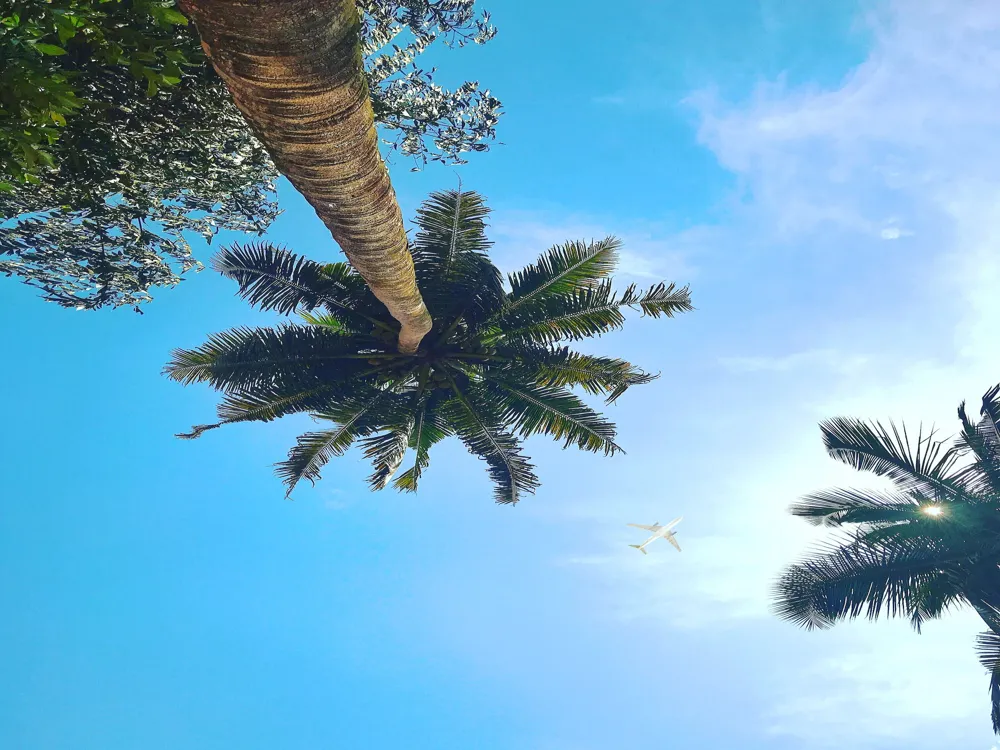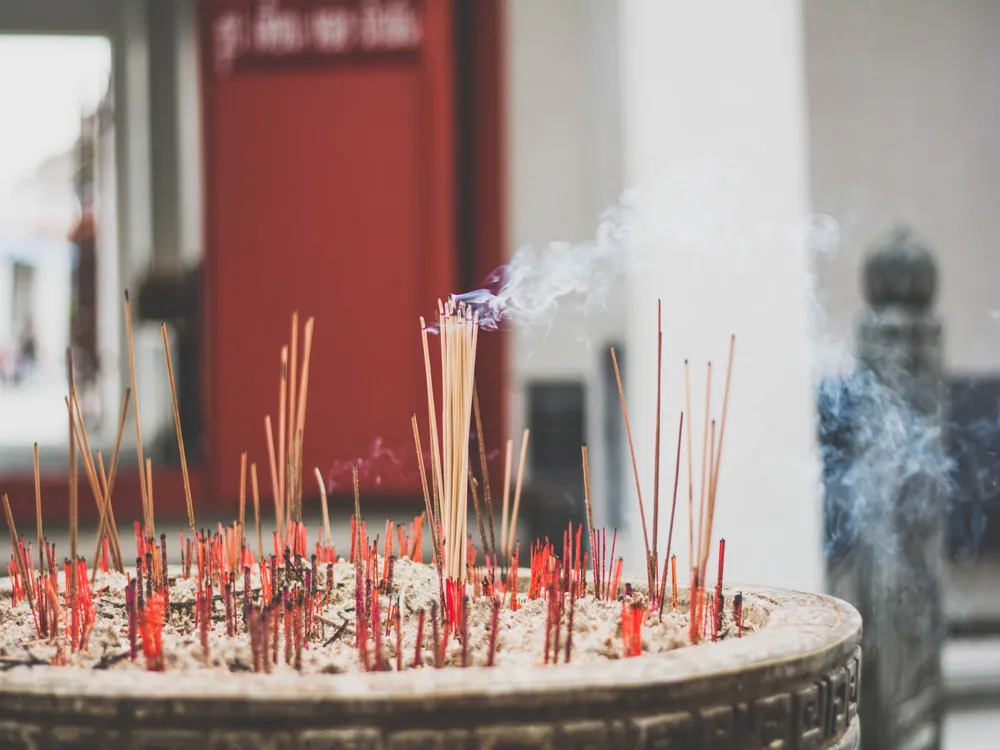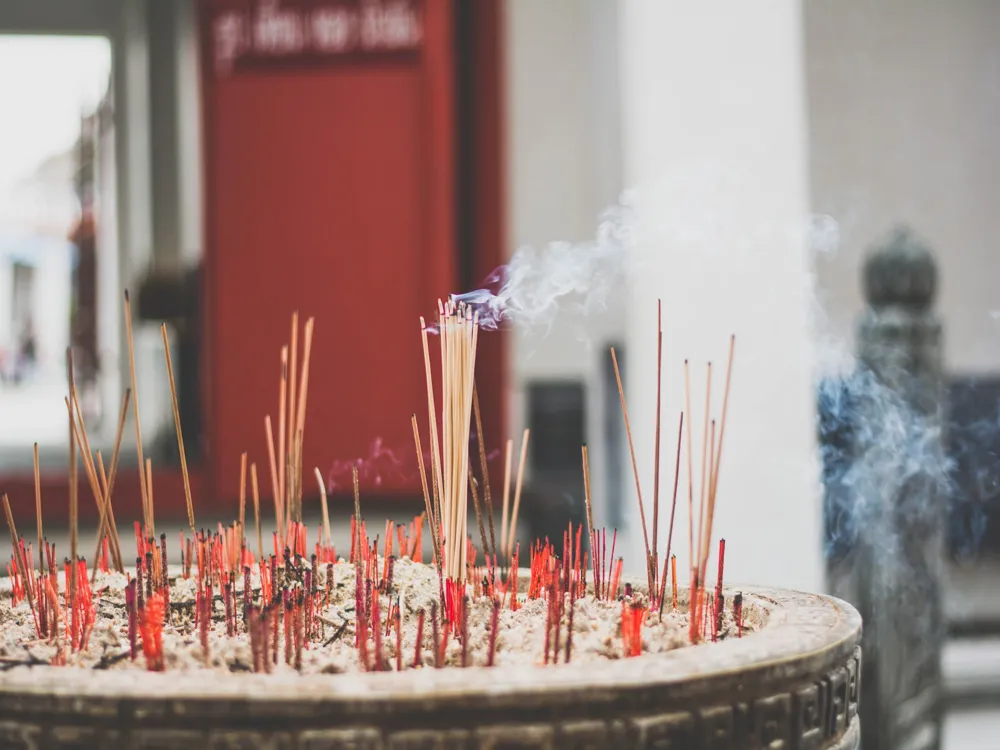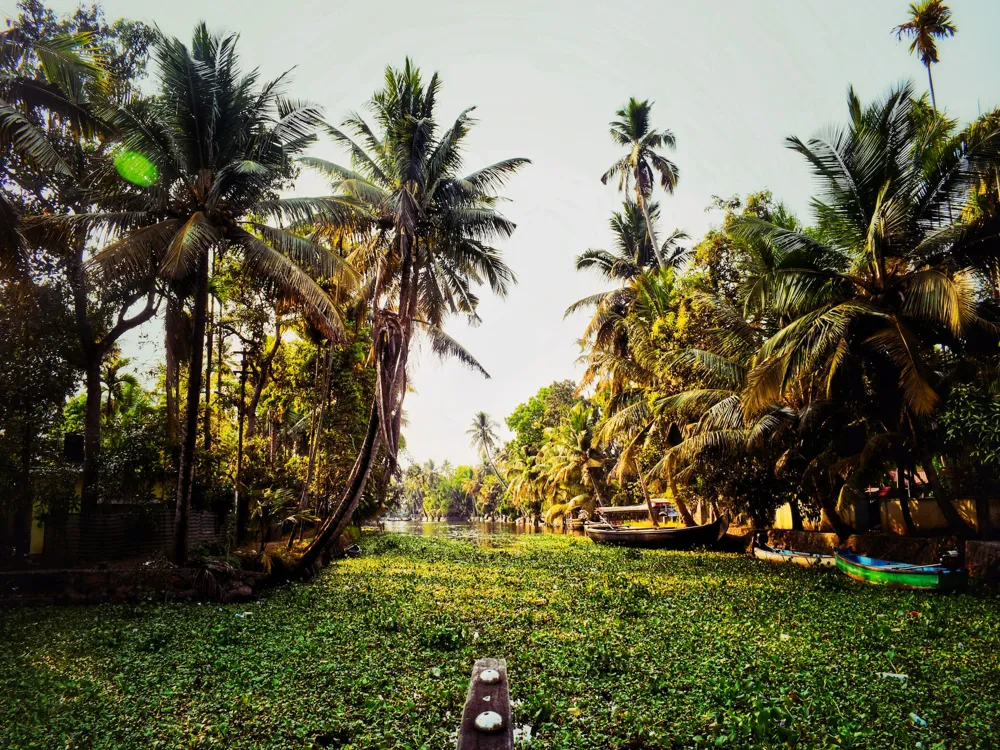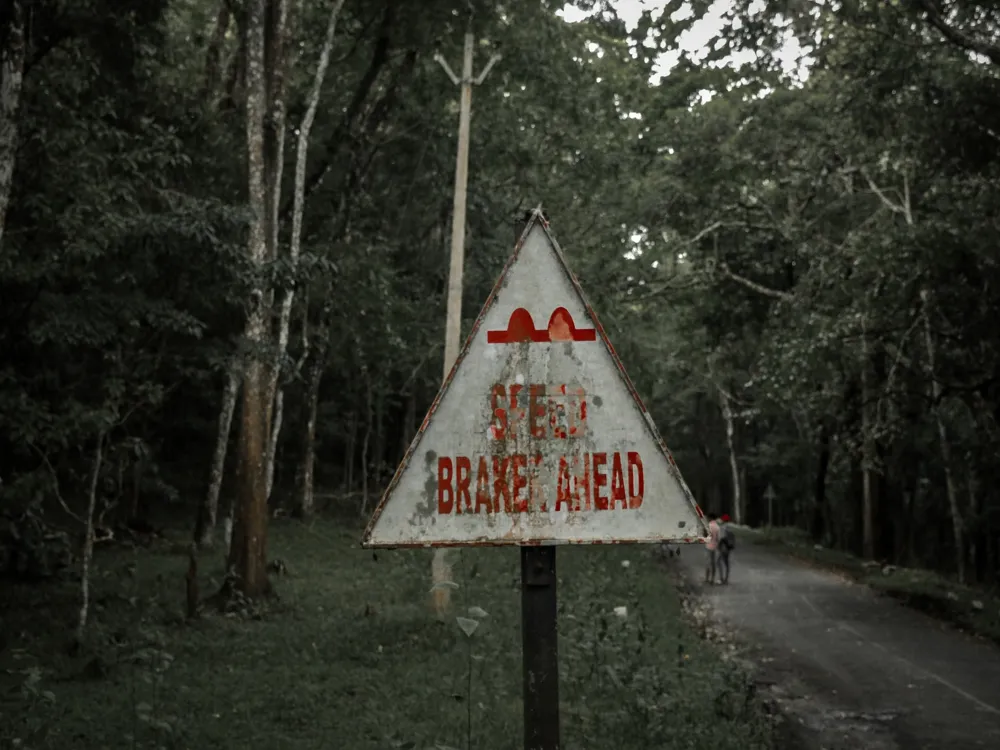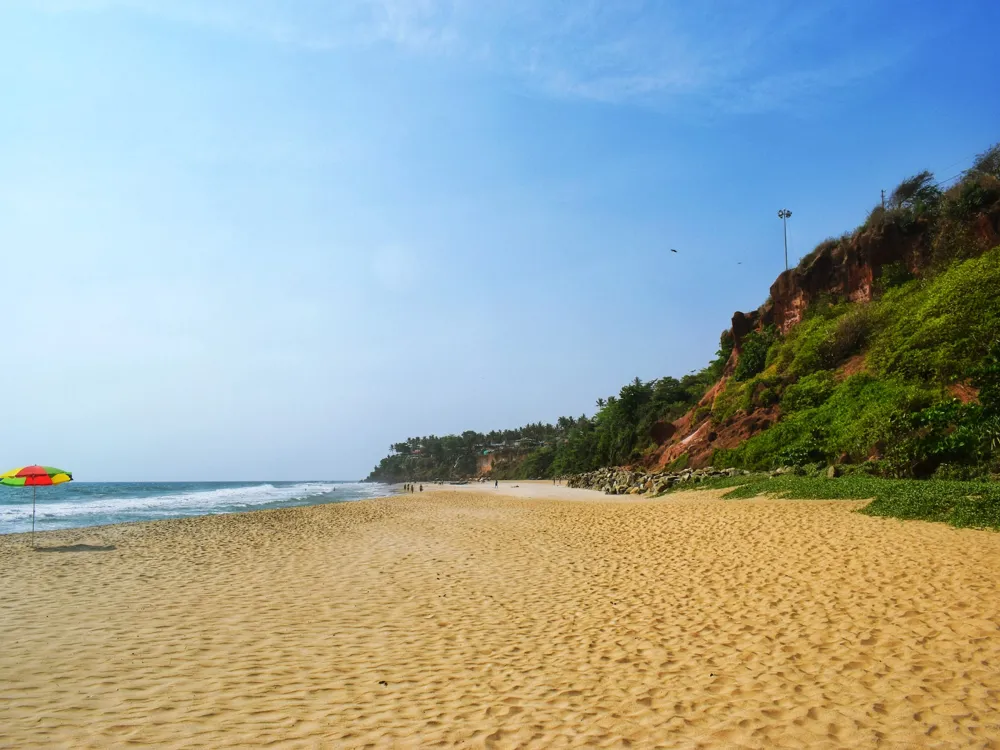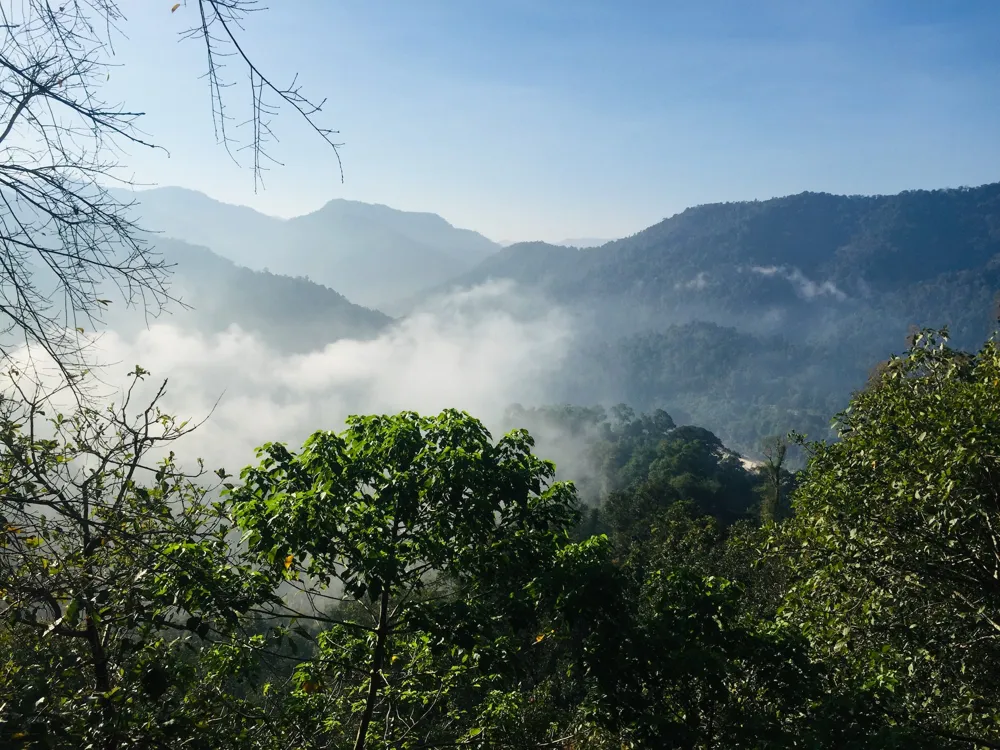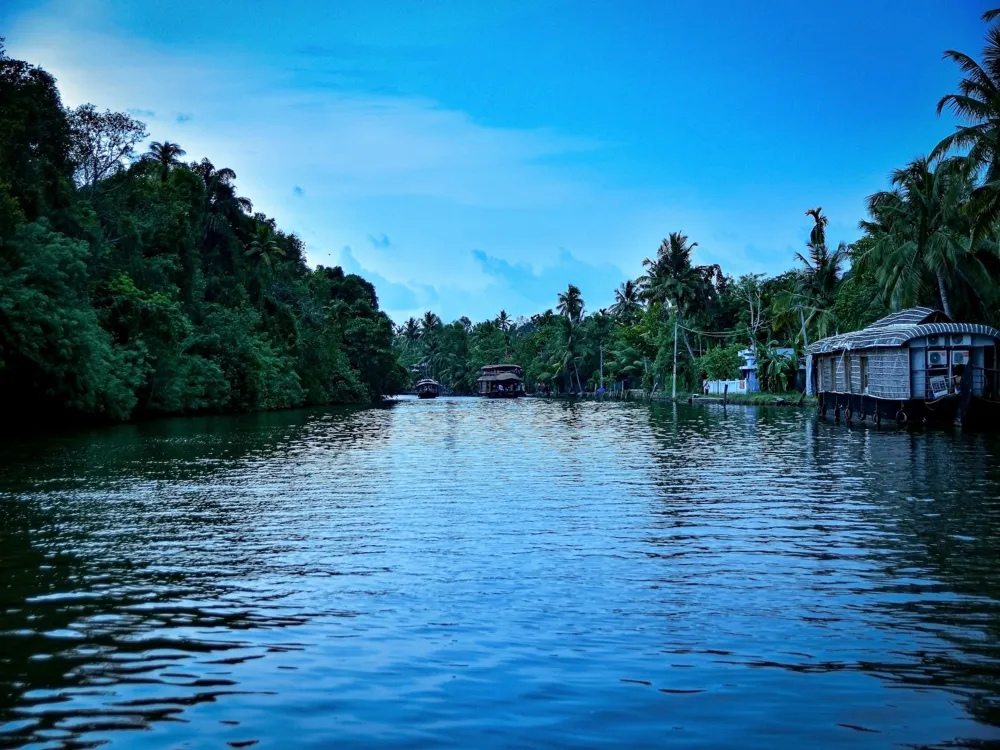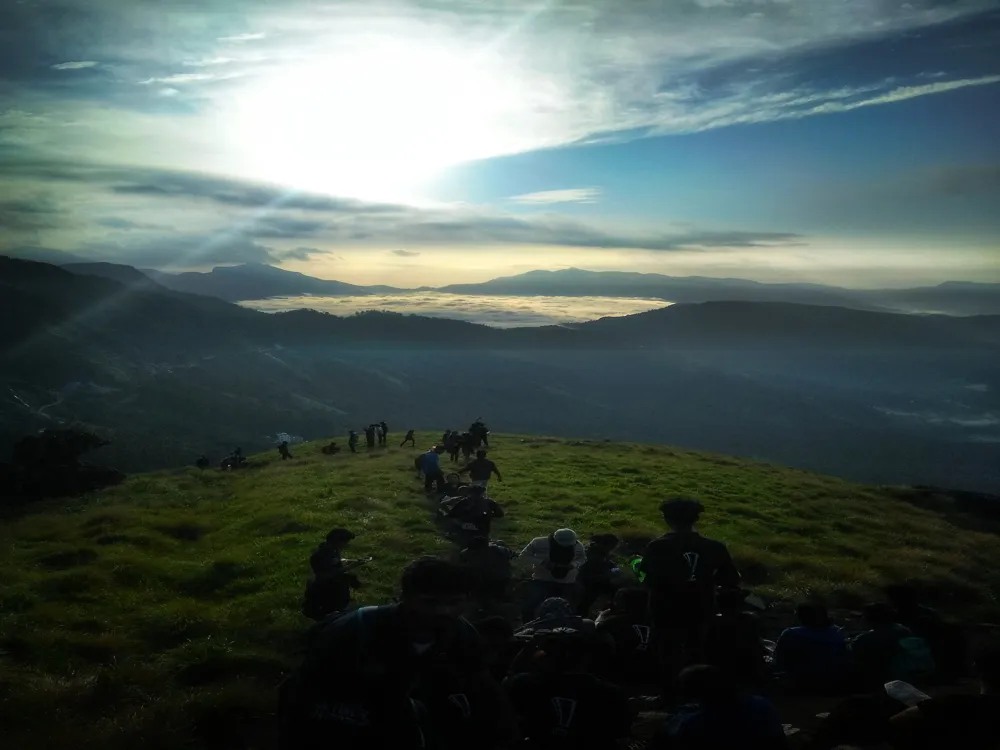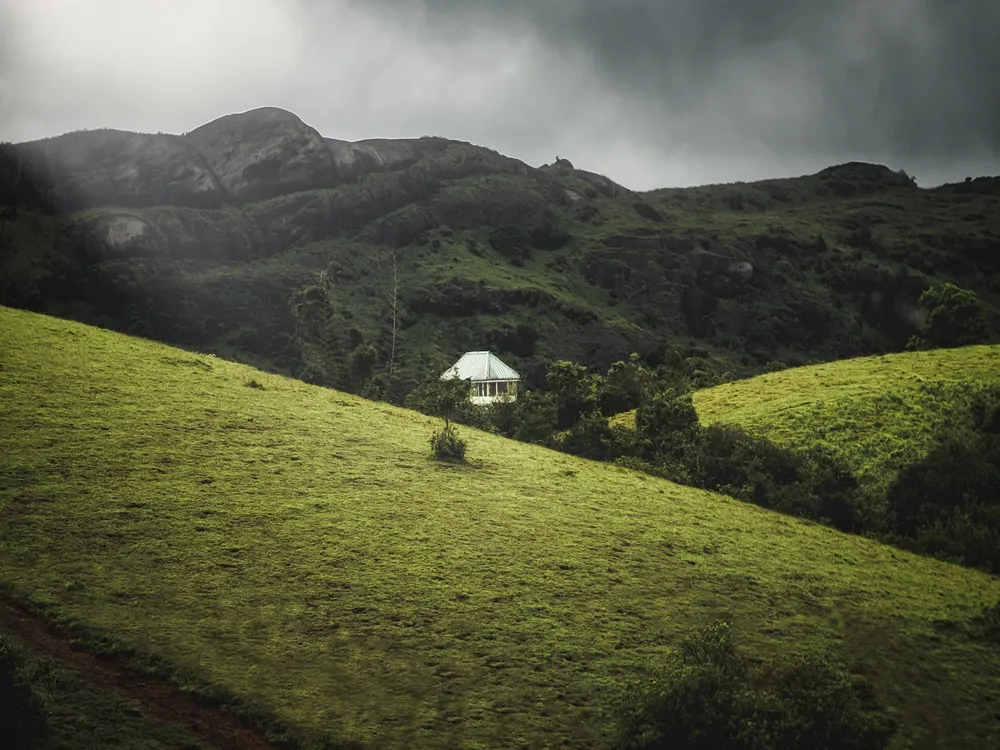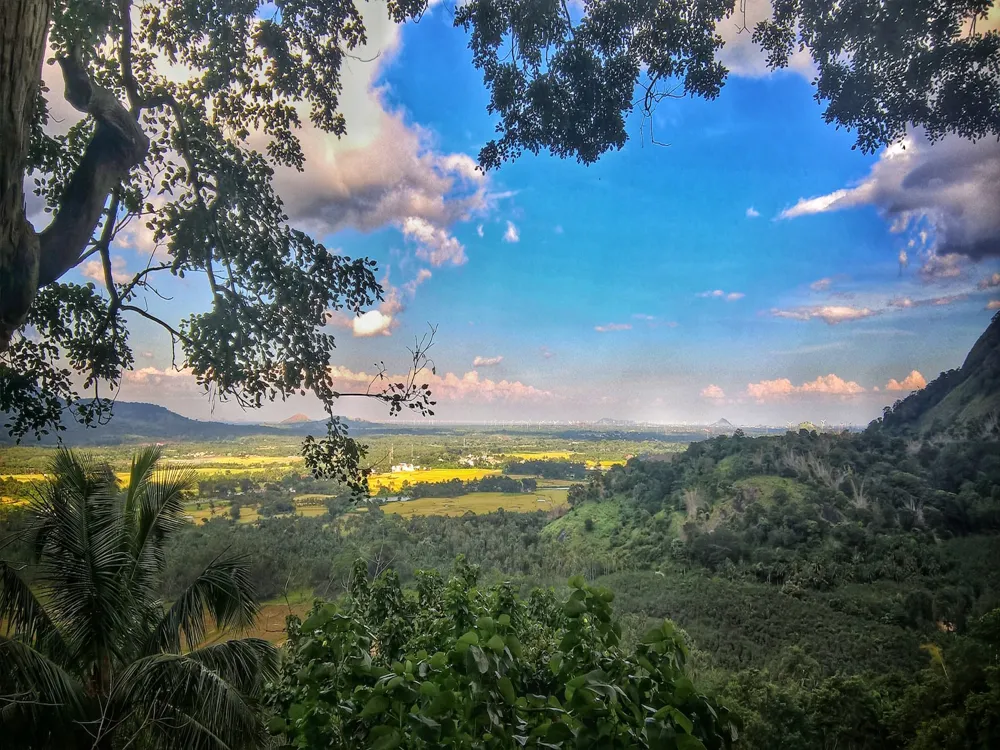Aranmula, a serene village in the district of Pathanamthitta in Kerala, South India, is a place where culture and history intertwine amidst a picturesque landscape. Renowned for its rich heritage, Aranmula is nestled along the banks of the holy river Pamba. This idyllic village is not just a geographic location, but a symbol of cultural significance for the people of Kerala. Aranmula is famous for the annual snake boat race, the Aranmula Uthrattathi Vallamkali, held during the Onam festival. This race is a splendid sight, showcasing the communal harmony and sporting spirit of the region. But Aranmula's fame doesn't stop at boat races. It is also known for the Aranmula Kannadi, a unique type of mirror made from a special metal alloy, unlike the usual silvered glass mirrors. These mirrors reflect Kerala's exceptional metallurgical traditions. The village is also a hub for traditional arts and crafts, including mural painting and metalwork. The cultural richness of Aranmula is deeply intertwined with its religious significance. The Parthasarathy Temple, dedicated to Lord Krishna, is a historic landmark here. The temple is the epitome of the classic Kerala style of architecture and is associated with many legends and historical narratives. Another notable aspect of Aranmula is its role in the annual Sabarimala pilgrimage. The village is one of the halts for pilgrims on their way to the Sabarimala temple. This religious journey adds to the spiritual aura of Aranmula, making it a place where traditions and spirituality come alive. The verdant landscape, the flowing river, and the rhythmic chants from temples create a peaceful atmosphere that is hard to find elsewhere. A visit to Aranmula offers a glimpse into the soul of Kerala, where traditions, culture, and nature coalesce to form a symphony of serene and sublime experiences. The architecture of Aranmula is a splendid testament to the artistic and cultural heritage of Kerala. The structures here are not mere buildings; they are embodiments of the region's rich history and traditional artistry. The architectural style of Aranmula mirrors the typical Kerala style, known for its unique combination of beauty, functionality, and adherence to the principles of Vastu Shastra, the traditional Indian system of architecture. Central to Aranmula's architectural landscape is the Parthasarathy Temple. This ancient temple, dedicated to Lord Krishna, showcases the classic features of Kerala temple architecture. It has a 'sreekovil' (sanctum sanctorum) adorned with intricate carvings and murals depicting various episodes from the Hindu epics. The temple's architecture is characterized by its sloping tiled roofs, copper-clad domes, and wooden walls, which are designed to withstand the region's humid climate. The temple complex also includes a 'chuttambalam' (outer enclosure), a 'koothambalam' (temple theatre), and a serene temple pond, which are quintessential elements of traditional Kerala temple design. Beyond the temples, the residential architecture in Aranmula is equally fascinating. The traditional 'Nalukettu' houses, with their central courtyards, open verandahs, and slanting tiled roofs, are a hallmark of the region's architectural style. These houses are designed with an understanding of local materials and climatic conditions, ensuring comfort and sustainability. The craftsmanship displayed in the wooden carvings and the mural paintings in these houses speaks volumes of the artistic prowess of the local artisans. The Aranmula Kannadi, or the Aranmula metal mirror, deserves special mention in the context of Aranmula's architecture and craftsmanship. These mirrors, a symbol of the village's metallurgical excellence, are made through a secretive process passed down through generations. The making of these mirrors involves a precise alloying process and meticulous polishing techniques. The mirrors are not just reflective objects but are considered auspicious and are integral to the cultural and ritualistic practices in Kerala. The ideal time to visit Aranmula is between August and March. During this period, the weather is pleasant, with minimal rainfall, making it perfect for exploring the village and its surroundings. The famous snake boat race, a highlight of Aranmula, takes place during the Onam festival in August or September. Understanding and respecting local customs is crucial when visiting Aranmula. Dress conservatively, especially when visiting temples. It's also important to remove shoes before entering temples and traditional homes. Engaging with locals politely and showing interest in their culture will enrich your experience. Aranmula offers a range of accommodations, from traditional homestays to more modern hotels. Opting for a homestay can provide a more authentic experience of the local lifestyle and cuisine. Ensure to book your stay in advance, especially during festival seasons. Kerala's cuisine is a must-try, with its unique flavors and ingredients. In Aranmula, you can savor traditional dishes like appam, puttu, and fish curry. Don’t miss out on the local snacks like banana chips and jackfruit chips. While exploring Aranmula, it's advisable to hire a local guide to gain deeper insights into the place’s history and culture. Also, carry cash as many local vendors do not accept cards. Be mindful of the environment and avoid littering to maintain the cleanliness and sanctity of this beautiful village. Reaching Aranmula is convenient as it is well-connected by road, rail, and air. The nearest airport is Trivandrum International Airport, about 117 kilometers away. Chengannur Railway Station, 10 kilometers from Aranmula, is the nearest railhead. Regular bus services connect Aranmula to major cities in Kerala, making it easily accessible by road. Read More:Overview of Aranmula in Pathanamthitta, Kerala
Architecture of Aranmula
Tips When Visiting Aranmula
Best Time to Visit
Local Customs and Etiquette
Accommodations
Local Cuisine
Travel Tips
How To Reach Aranmula
Aranmula
Pathanamthitta
Kerala
NaN onwards
View pathanamthitta Packages
Pathanamthitta Travel Packages
View All Packages For Pathanamthitta
Top Hotel Collections for Pathanamthitta

Private Pool

Luxury Hotels

5-Star Hotels

Pet Friendly
Top Hotels Near Pathanamthitta
Other Top Ranking Places In Pathanamthitta
View All Places To Visit In pathanamthitta
View pathanamthitta Packages
Pathanamthitta Travel Packages
View All Packages For Pathanamthitta
Top Hotel Collections for Pathanamthitta

Private Pool

Luxury Hotels

5-Star Hotels

Pet Friendly







